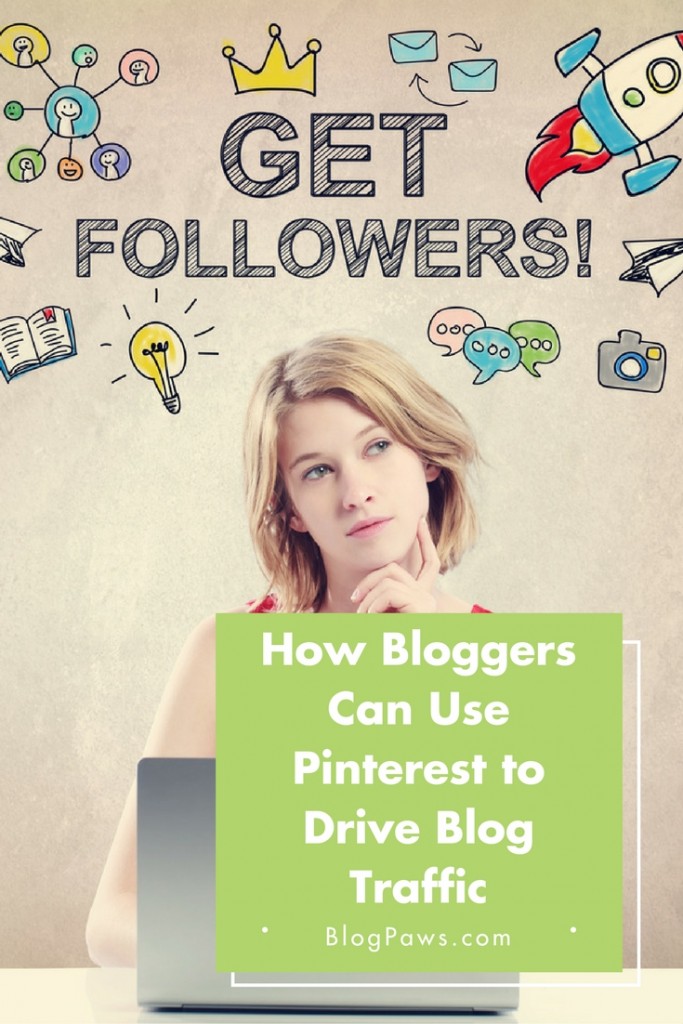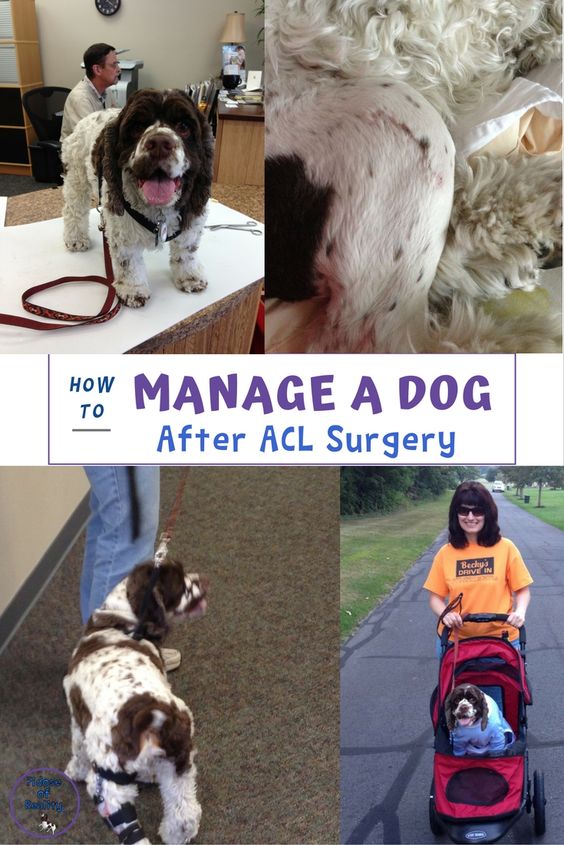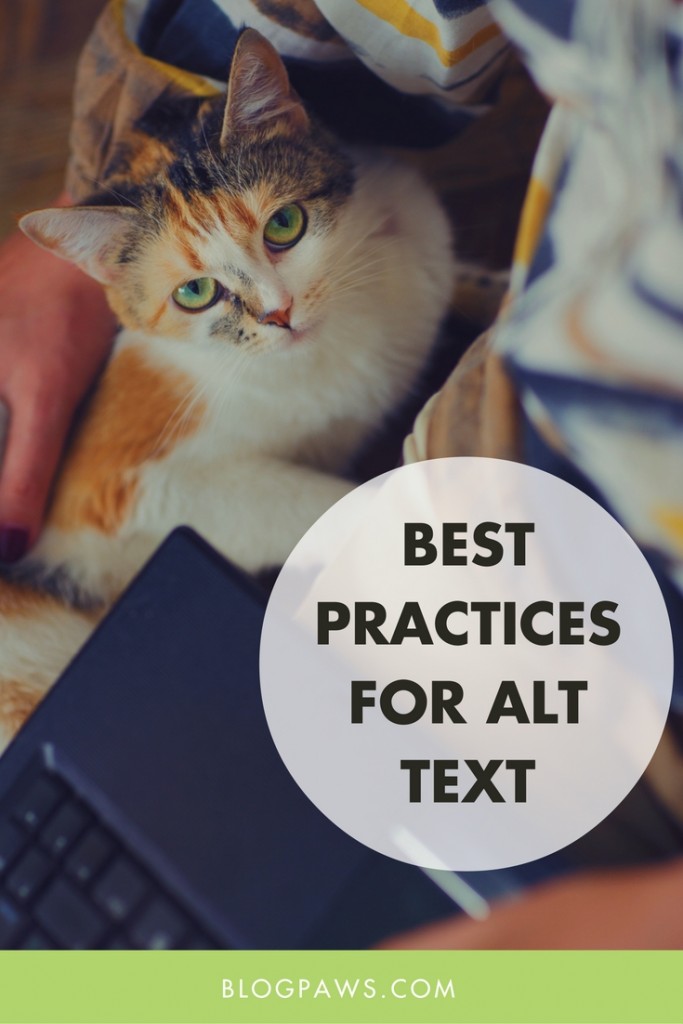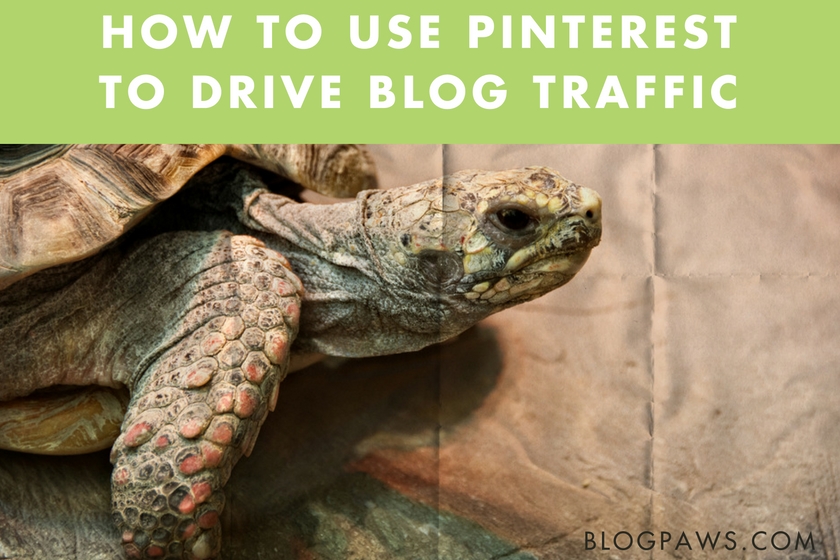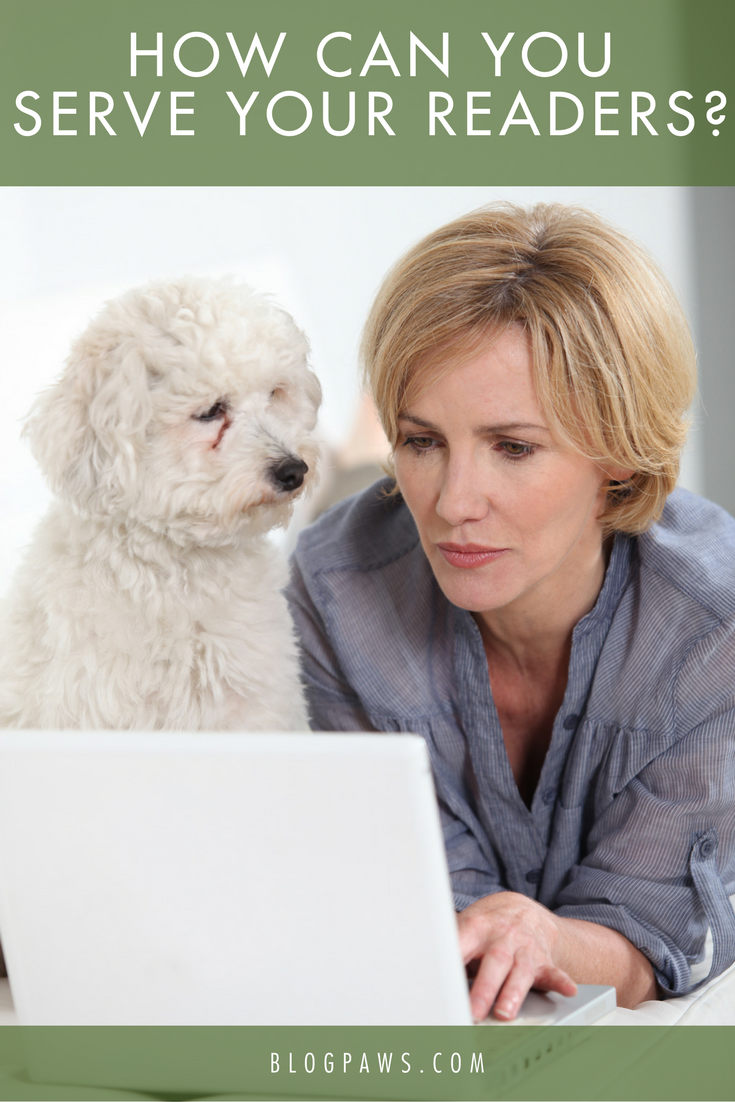How Bloggers Can Use Pinterest to Drive Blog Traffic
Pinterest is a search engine. It is not a social media platform. Pinterest is there to work for you, and that’s the good news. The great news is that bloggers need not be super spectacular at using Pinterest. They should, however, adept at creating things for Pinterest that will work for them. Pinterest is now a #1 referrer of my blog’s traffic and that was an accidental happening. Want to drive blog traffic from Pinterest? Keep reading.
There are a tremendous amount of things I see on Pinterest that I would never in a zillion years think of repining. Why? I’m just not that into:
- Small images
- Images without some sort of text overlay
- Most horizontal images
- Blurry or pixellated photos
- Crummy descriptions
Most importantly, if I repin/save something from your Pinterest account to my own, I am putting my social media seal of approval on it. Unless your pins stand out and follow basic tenets that qualify as “Pinteresting,” most people will not repin/save your pin. If you are doing any of the above on Pinterest, stop it. Here are some facts and tips about Pinterest that bloggers can start applying right away to help drive blog traffic.
Time Saving Pinterest Fact
Save gobs and gobs of time by making Pinterest templates. This is perhaps one of the easiest but most important things you can do as a blogger. If you have a few Pinterest templates that represent your blog, its colors, style, and font(s), you’ll be saving a lot of time in your day. Canva, for example, allows users a 30-day trial at present before applying a monthly fee to your business account. Within Canva, you can make templates, set up everything you need regarding fonts and colors, plus a separate folder for your logos/watermarks. Canva even has a design school with short sessions for free. If Picmonkey is more your thing, then go for it. Just be consistent. Choose the fonts that make sense for your brand, aka your blog. Select at least two. Here’s a recent pin I did for Fidose of Reality below. Notice the collage, clear images, use of my blog colors, and select fonts. This took me 5 minutes to do with a pre-designed template in Canva. Looking for inspiration to develop your own Pinterest style? Check out the pinners you admire. Check out their style. See what elements call to you. Alternatively, you can use pre-designed templates in Canva and tweak them to fit your blog’s style.
Blogger Pro Tip: I know all of this now because I included growing my Pinterest as part of my blog’s 2016 blog business plan. It is also a part of my blog’s social media plan. Both of these are not difficult to do, but they are necessary to help my blog grow.
Click Here ===> How to Create a Blog Business Plan
Getting Your Pins Seen By Others
Pinterest has introduced algorithms and filters to present pins to you based on three factors:
- The best pins from people you follow: Best meaning high quality;
- Related pins based on what you already pin;
- Interests you follow;
Pinterest is constantly being refined and updated: It is a work in progress. Recent changes include the rollout of the Pinterest Smart Feed.
The Smart Feed is a big complex network of algorithms and all sorts of fancy behind-the-scenes workings from Team Pinterest. Bottom line: Your Pinterest feed no longer displays pins in chronological order. Like Facebook, things show up in your Pinterest feed for a variety of reasons (see the previous three factors).
CLICK ===> If you want the technical explanation of the Pinterest Smart Feed
Blogger Must Do’s For Pinterest Success
These past few months, I’ve personally invested more of my time in understanding Pinterest. It’s starting to show. Like anything on social media, it takes an investment of learning, time, and a willingness to change on the fly. Pinterest seems to tweak their model daily. That said, there are some things you can start doing right away despite any algorithmic changes:
Save your images with descriptive key words. Descriptive key words in image file names will help Pinterest find your pin.
Know what ALT Tags are and use them properly with all images on your blog. Adding alt tags is easy to do, and BlogPaws’ Senior Editor, Maggie Marton reveals how here:
Learn what people are searching on and get really good writing naturally conversational pin descriptions that infuse SEO terms into them without overstuffing. Solid SEO techniques will help your pin be recognized by Pinterest as a high quality pin, but pins are also ranked by engagement.
Learn how to write a good pin description. I am typing that again: Learn to write a good pin description. As of this writing, having a longer pin description is best: Around 500 words maximum. You want to entice people into wanting to click your pin and head on over to your blog. I know folks who get a ton of clicks on their pins but the sound of silence when it comes to clicking through that pin to their blog. The reason for this is that they give too much away. A fun meme or a cute puppy is a visual draw for sure, but folks will see the pin and move on. They might repin or save it, and that’s it. You need to give super busy people a super good reason to click your pin and to your blog. That means the pin itself needs to be high quality but so does the description. Here’s the description I wrote for the above pin about my dog’s leg surgeries:
Dog health means healthy joints and bones, too. When our dog had double ACL knee surgery, here are things we did to keep him strong. Check out how he is doing years out from the surgery!
This is the description folks will see when deciding whether or not to pin your actual Pinnable image to their boards. You want this description to make them want to click through. Notice how I didn’t give it all away in the description? More in a future post about pin descriptions and use HTML to make the process easier…even if you are not a tech guru (and I am not)!
Train Pinterest to show you want you want to see. Depending on what you search for, Pinterest is paying attention. Search for things you want to know more about and watch how your Pinterest feed reacts.
Realize that the pins in your feed have zero to do with who you follow. You can follow some of your favorite bloggers on Pinterest, but if their pins are not ranking high, you will no longer see them.
NINJA TIP: I want to see the Pinners of interest to me. As much as I try to train the Pinterest feed, you can also keep a Secret Board of boards/people you want to visit.
Make Pinnable images for most blog posts. Not all blog posts are pin worthy and not all images in blog posts should be pinned. Return to your more popular posts, or those you want to be seen, and infuse Pinterest images into them.
Organize your Pinterest boards. Less might just be more. If you can’t pin to a board at least weekly, it probably isn’t a board you need UNLESS it’s a seasonal board.
Consider turning off your online browsing from influencing your Pinterest feed. Go to the Personalization section of your Pinterest Account and turn this feature off. Another way to clear a search history is just that: Clear Pinterest’s search history.
Nix the hashtags. Pinterest does not dig hashtags.
Unfollow the things in your Pinterest feed that have zero interest to you:
- Go to Pinterest Profile
- Click on your Followers
- Click on Boards
- Unfollow those you are not interested in.
You could have 10 followers but reach hundreds of thousands of people. It all depends on what people are searching for in Pinterest. Using Pinterest’s search feed, your pins have the potential to reach people who will never know your account but who are interested in the niche you are promoting.
Some Pinterest Ninja Hacks
Want to find Pinners you love? Do this: pinterest.com/NAMEOFUSER/pins
Want to see who is pinning your pins? Do this: pinterest.com/source/URLHERE.com (and put your blog URL in)
Also, you will see the pins of the folks you adore in order of what they have pinned. I keep those users in a secret board.
Setting Up Your Boards
Be certain you have a blog board to include all blog posts you publish. If anyone wants to follow your latest blog post, they can easily find it on Pinterest. Don’t go overboard with too many boards, a problem I’ve seen in refining my own Pinterest strategy. If a board is active, then Pinterest looks favorably on this. If you can’t pin to a board at least once a week, then you probably don’t need it…again, unless it’s a holiday or seasonal board. I have my boards set up as an extension of my blog.
Some folks prefer to alphabetize their boards, others put them in order of usage. The boards you want to be most known for should appear first on your Pinterest landing page.
Group boards are fine but the general buzz is that group boards now are not what they once were: traffic drivers to your blog. If you are having success with them, then do what works for you.
If I asked you what a board was about on your Pinterest account and asked you to tell me in 500 words or less, could you do it? All boards need a description and one that is enticing and conversational.
Pin Frequency
There are studies galore online as to when to pin. The right time to pin is when it makes sense for your followers. You can obtain this information through things like Pinterest analytics and Google Analytics.
In terms of pinning frequency, no more than 10 to 20 pins a day of your own and the same in terms of repins. Proceed with caution if you are in Pin boost groups. Repinning too fast can temporarily cause Pinterest to stop the behavior.
Pinterest Conclusion
People follow the interests they care about from the people they care about. Pinterest is a search engine – with changes and updates chugging out often — and you need to train that engine to do what you want it to do. In a future post in September, just in time for back to school, we’ll dive into more aspect of Pinterest, how to make it work for you, and how to maximize this ever changing search engine.
Are you on Pinterest? Does your blog benefit from it? Follow BlogPaws for influencer marketing, blogging, and social media strategy and tips along with pet care posts: http://pinterest.com/BlogPaws
About the Author: Carol Bryant is the Marketing and Social Media Manager for BlogPaws and runs her own blog, Fidose of Reality and its fundraising arm, Wigglebutt Warriors. When not busy playing with her Cocker Spaniel, Dexter, she stays far away from cooking. Her trademark is her mantra and is tattooed on her arm: My Heart Beats Dog.®
Images: Melpomene/Nataly Reinch/Shutterstock.com

